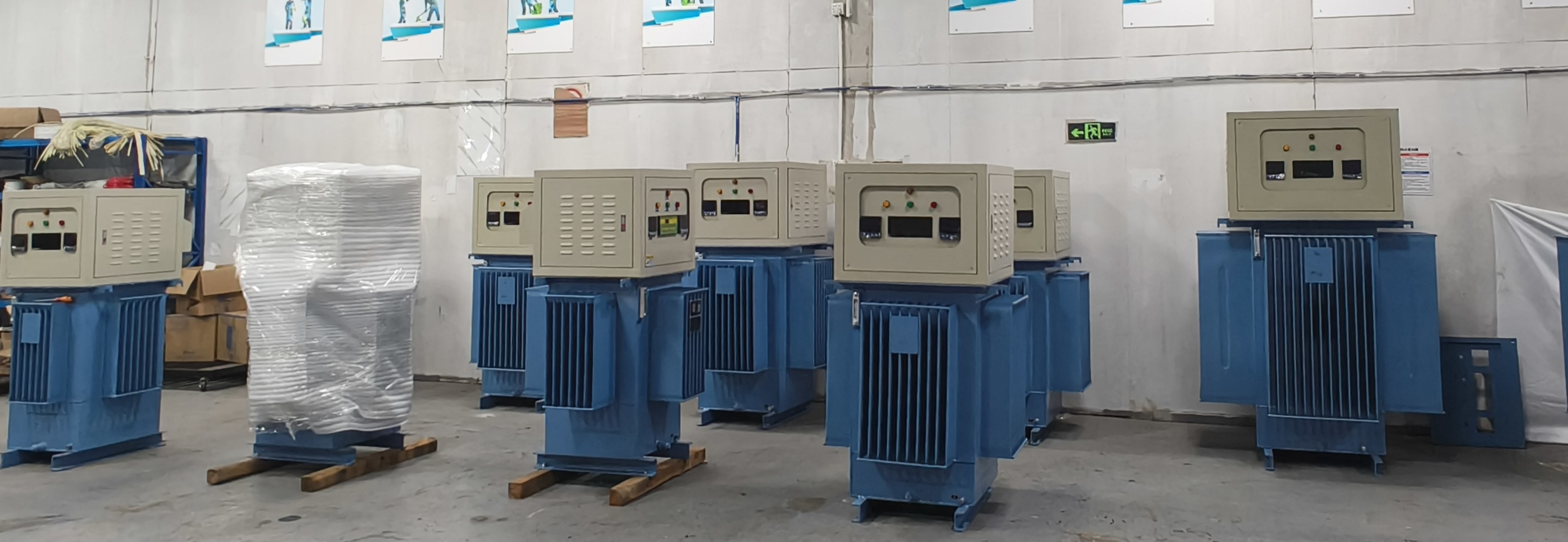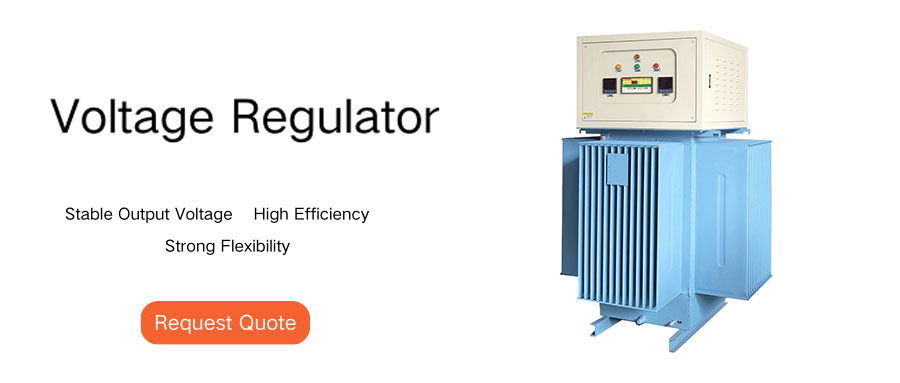A voltage regulator is an electronic component or circuit used to maintain the power supply voltage at a stable value. Voltage regulators play a very important role in electronic devices and systems. Today we will discuss its role and advantages and disadvantages.
Role of voltage regulator
The role of voltage regulator is very important. It not only protects the device from power fluctuations and failures, but also provides a stable voltage output to ensure the normal operation of the device and improve performance. Voltage regulators are indispensable electronic devices in applications where a stable voltage supply is required.
Advantages and disadvantages of voltage regulators
The main function of a voltage regulator is to ensure that the device obtains a stable voltage supply during operation. Here are some advantages and disadvantages of voltage regulators:
Advantages
Stable output voltage: The voltage regulator can offset the fluctuations in the power input voltage and ensure that the output voltage remains stable within an acceptable range. This helps protect the device from the hazards of too high or too low voltage.
Protect the device: The voltage regulator can provide functions such as overcurrent protection and overheating protection to protect the device from voltage fluctuations and abnormal current.
Improve device performance: By providing a stable voltage supply, the voltage regulator can improve the performance and reliability of the device. Stable voltage can ensure that electronic components and circuits are within normal working range.
Reduce noise and interference: The voltage regulator can filter out noise and interference of the power input, provide clean power supply, and help improve the signal quality and anti-interference ability of the device.

Disadvantages
Cost: The voltage regulator is an additional electronic device that requires cost and space to install and maintain. This may increase the total cost of the device and increase the complexity of design and layout.
Heat generation: The voltage regulator will generate a certain amount of heat during operation, especially when there is energy loss in the process of converting power, which may require additional heat dissipation design and configuration.
Limit power: In some cases, the voltage regulator may limit the power output of the device. This is because the voltage regulator needs to provide a stable voltage through energy conversion, which may limit the maximum power available to the device.
In general, the advantages and disadvantages of the voltage regulator need to be evaluated according to the specific application scenario and requirements. For applications that require a stable voltage supply and protect the device, the voltage regulator is very valuable. However, in some special cases, such as scenarios with strict requirements on cost and power output, it may be necessary to weigh the use of the voltage regulator.






